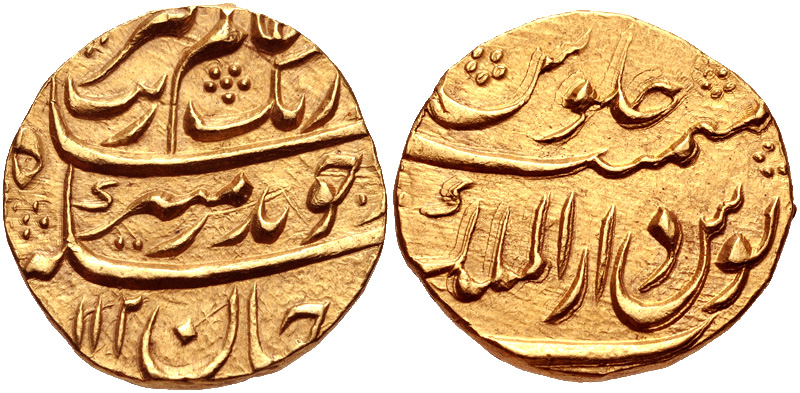Economy of the Mughal Empire
The economy of Mughal empire was a forest-based agricultural economy. The craftsmen got their raw materials from the forests. The timbers from the forest were used by carpenters, woodcarvers, shipwrights, and lacquerware makers.
The wild silk was used by the reelers and Weavers. The iron miners and metal workers such as metalsmiths use Charcoal. There was a great relationship between manufacturing industries and forest products similar to the current generation.
Agriculture during the Mughal period
In rural areas, the rural population of different classes was involved in agriculture. Agriculture during the Mughal period was the chief activity in the economy. Almost a quarter of the population, are landless agricultural labourers who have no right to property.
- The village headman and Zamindars possessed large tracts of land on which they employed the labourers and paid them. The dominant mode of irrigation was well irrigation.
- In the book Ain-i-Akbari, there were mentions of the different crops cultivated during the Rabi and Kharif seasons.
Ain-i-Akbari
“Ain-i-Akbari” a persian word, that means Administration of Akbar. It is a 16th century document that had recorded the administration of Mughal Emperor, during the regime of Akbar was written by Abu’l Fazl ibn Mubarak.
- Pine was introduced in India in the 16th century. The two important crops namely Maize and Tobacco were introduced in the 17th century and then came the Chilli and groundnut.
- The Portuguese during this period developed grafted varieties of mangoes. The potato, tomato, and guava came later into India. Another important commercial crop during the Mughals was Indigo.
Indigo is primarily used as a dye for cotton yarn.
- Sericulture underwent spectacular growth in Bengal to the extent that it became the chief supplier of silk to world trade.
Agricultural Tax Administration
- As the farmers were compelled to pay the land tax they had to sell the surplus in the market. The land tax was a share of the actual product and was a major source of revenue for the Mughal ruling class.
- The administration determined the productivity of the land and assessed the tax based on the total measurement.
- Akbar promulgated the Zabt System (introduced by Todal Mal): money revenue rates were now fixed on each unit of area according to the crops cultivated.
- The schedules containing these rates for different localities applicable year after year were called Dasturs.
Urban Economy of Mughals
- The urban economy was based on the craft industry. The cotton textile industry employed large numbers of people as cotton carders, spinners, dyers, printers, and washers. Iron, copper, diamond mining, and gun making were other chief occupations.
- Kharkhanas were workshops where expensive craft products were produced.
- The royal Kharkhanas manufactured articles for the use of the royal family and nobility. The excess production of the artisans was diverted to the merchants and traders for local and distant markets.
Trade and Commerce
The political integration of the country with efficient maintenance of law and order ensured brisk trade and commerce.
The surplus was carried to different parts of the country through rivers, and through the roads on ox and camel-drawn carts. Banjaras were specialized traders who carried goods in large bulk over long distances.
- Bengal was the chief exporting centre of rice, sugar, muslin, silk, and food grains.
- The Coromandel coast was reputed for its textile production.
- Kashmiri shawls and carpets were distributed from Lahore which was an important centre of handicraft production. The movement of goods was facilitated by letters of credit called hundi.
The network of sarais enabled traders and merchants to travel to various places.
The traders came from all religious communities: Hindus, Muslims, and Jains.
- The Bohra Muslims of Gujarat, Marwaris of Rajasthan, Chettiars on the Coromandel Coast, and Muslims of Malabar were prominent trading communities.
Europeans controlled trade with West Asia and European countries and restricted the involvement of Indian traders. Moreover, the Mughal Empire, despite its vast resources and huge army, was not a naval power.
- They did not realize that they were living in an era of expanding maritime trade. Europeans imported spices, indigo, Bengal silk, muslin, calico, and chintz.
- In return, India obtained large quantities of silver and gold. Mughal silver coinage fuelled the demand for silver.
Reference

